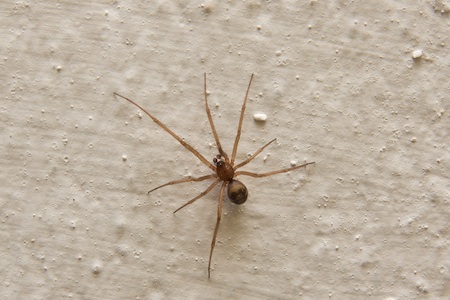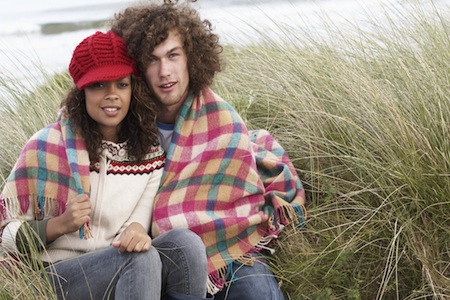The Bug Bite Guide
1 Comments
Spider Bites
Black widow spider bites may cause sharp pain up the limb, but can also be painless. Two red fang marks, redness, tenderness, and a nodule at the bite site indicate a black widow spider bite. Brown recluse spider bites are often painless at first. When the skin reddens, turns white, develops a red "bull's-eye" and blisters, it becomes painful. Andrej Shupilo ( Andrey)/PhotoSpin

Ticks
Ticks can transmit Lyme disease and other illnesses through their bites or stings. A neurotoxin (a substance that is toxic to nerves) is secreted at the time of attachment to make the bite unnoticeable. The neurotoxin can cause muscle weakness or paralysis. Use fine-tipped tweezers, grasp the tick as close to the skin's surface as possible and pull upward with steady, even pressure. Don't twist the tick to ensure complete removal. If you are unable to remove the mouth easily with clean tweezers, leave it alone and let the skin heal. After removing the tick, thoroughly clean the bite area and your hands with rubbing alcohol, an iodine scrub, or soap and water. Daksel/PhotoSpin

Mosquito Bites
Bites from mosquitoes usually don't cause significant illnesses, unless they have microorganisms living within them. The site of the bite may appear immediately or up to two days later. Signs of a mosquito bite include soft, initially pale bumps on your skin that may become pink or red and itching. If you're highly sensitive to mosquito bites, you may have a much larger area of itching. Mosquitoes can transmit serious diseases such as West Nile virus, malaria, yellow fever and dengue fever. Malaria is caused by an organism that spends part of its life cycle in a particular species of mosquitoes. West Nile virus causes an inflammation of the brain (encephalitis). Symptoms of mosquito-borne diseases include fever, one-sided muscle weakness, swollen glands and vomiting. Sergey YAkovlev/PhotoSpin

Head Lice
The head louse is a tiny, wingless parasitic insect that lives among human hairs and feeds on extremely small amounts of blood drawn from the scalp. Lice lay tiny yellowish-brown dots called nits on hair shafts close to the scalp. This is where the temperature is perfect for keeping the lice warm until they hatch. Nits look sort of like dandruff, but can't be removed by brushing or shaking them off. Lice are a common problem, especially for kids ages 3 years to 12 years (girls more often than boys). Lice are contagious and can transmit epidemic relapsing fever, caused by spirochetes. Their bites may cause a child's scalp to become itchy and inflamed, and persistent scratching may lead to skin irritation and infection. Scott Griessel/Creatista/PhotoSpin

Fire Ants
Bites from a fire ant typically produce a pustule, or a pimple-like sore, that is intensely itchy and painful. They may cause serious reactions in people who are allergic to them. Fire ants inject their venom by using their mandibles (the biting parts of their jaw) and rotating their bodies. Injection of venom may occur many times. Piotr Marcinski/PhotoSpin

Prevention
You can minimize your exposure to insect bites by changing your patterns of activity or behavior. Avoid outdoor activity during the most active times of the insects. For example, mosquitoes are most active in twilight periods at dawn and dusk or in the evening. Wear long-sleeved shirts, long pants, and hats to minimize the areas of exposed skin. Shirts should be tucked in. Use insect repellents applied to clothing, shoes and tents to enhance protection. Permethrin-containing repellents (Permanone) are ideal. Permethrin-treated clothing repels and kills ticks, mosquitoes and other arthropods, and retains this effect after repeated laundering. MonkeyBusiness Images/PhotoSpin

Treatments
Treatment depends on the type of reaction. If there is only redness and pain at the site of the bite, application of ice is adequate treatment. Clean the area with soap and water to remove contaminated particles left behind by some insects (such as mosquitoes) to avoid further contamination. Refrain from scratching, which may cause the skin to break down and form an infection. Lev Kropotov/PhotoSpin
Add a Comment1 Comments
One bite me and how do you treat it?
October 23, 2017 - 8:57pmThis Comment